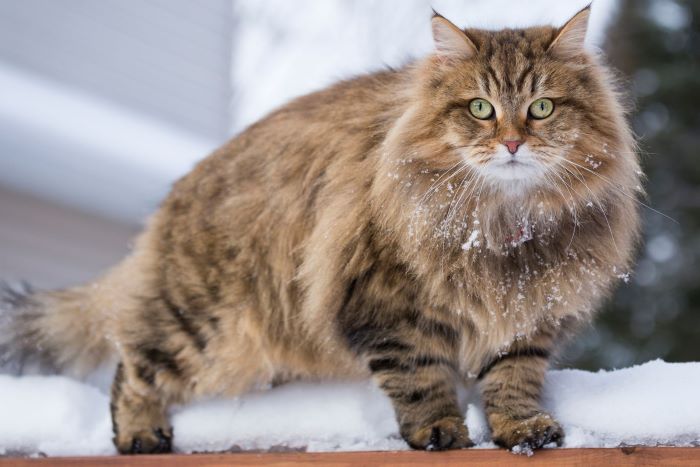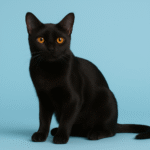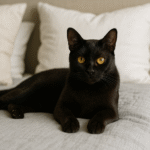Russia’s national cat, this large, heavy-coated breed is very agile and loves to play, but it is slow to reach full maturity.
Although the Siberian is considered to be a relatively recent breed, longhaired Russian cats were first recorded in Russia as early as the 13th century. The breed still shows its adaptation to the harsh Russian climate in its dense, waterproof coat, bushy tail, and tufted paw pads.
Many Siberians also have thickly furred ears with tufted tips like those of a lynx. Breeding Siberians to standard did not begin until the 1980s, and full breed recognition did not come until a decade later, after a number of cats had been imported to the US.
Although still rare, the Siberian cat is gaining popularity for its handsome looks and engaging personality. It may take five years or more for a Siberian to attain full growth. Despite its moderately hefty build in adulthood, this breed is highly athletic and loves to leap and play.
It is intelligent, inquisitive, and friendly, and is said to be highly loyal to its owners. The Siberian also has a melodious chirping voice and a deep, resonant purr.
Out of Obscurity
The Siberian’s forebears were known in Russia as early as the Middle Ages, but few of these Russian longhairs were ever seen in Europe. When keeping and breeding pet cats was discouraged in Soviet Russia, the splendid Siberian seemed destined for obscurity.
By the late 1980s, however, dedicated local cat enthusiasts had come to the rescue of the breed and the development of a breed standard for the Siberian followed soon thereafter.
Origin: Russia, 1980s
Breed registries: CFA, FIFe, GCCF, TICA
Weight RANGE: 10–20lb (4.5–9kg)
Grooming: Daily
Colors and patterns: All colors and patterns.





